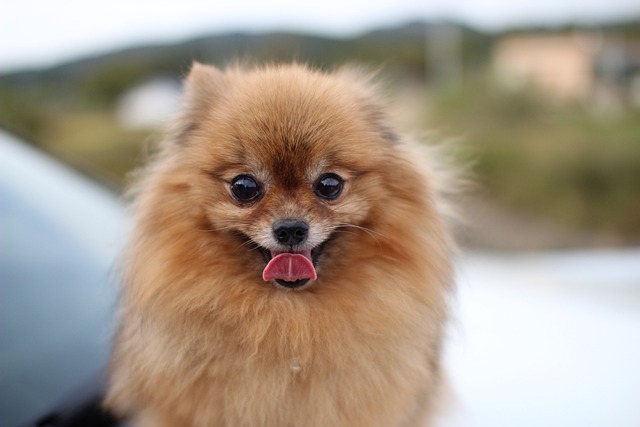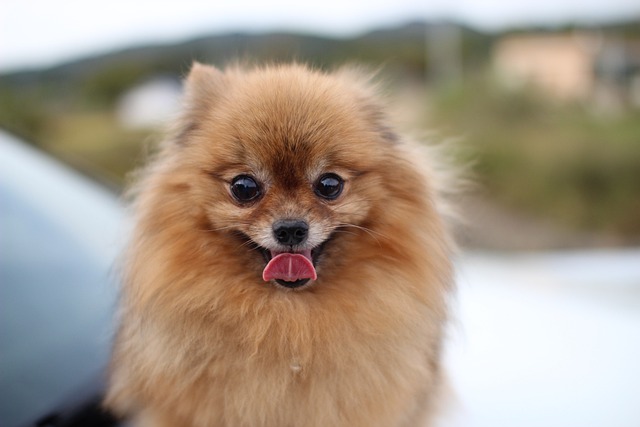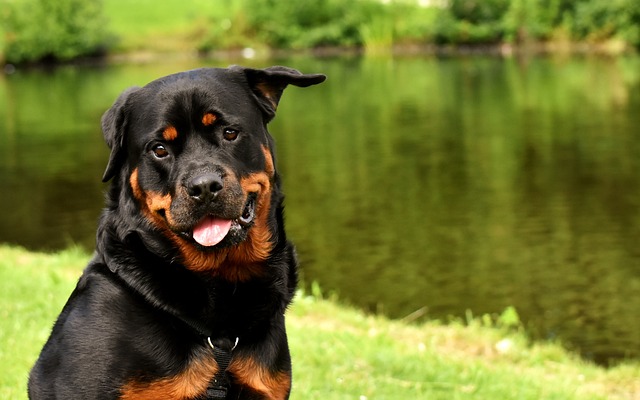
What is the best diet for a puppy
Walking down the puppy food aisle can feel overwhelming—do you choose grain-free, large breed formula, or that expensive brand with the cute packaging?
If you’re a new dog parent in the US—maybe you’re sitting on your Seattle apartment couch, petting your 8-month-old rescue Golden Retriever, Bailey, and noticing tiny white flakes sticking to your favorite hoodie, or you’ve felt her belly while giving snuggles and winced at the rough, peeling patches—you’ve probably paused and thought: Is this okay? Do all dogs get peeling skin? The short answer is no—peeling skin in dogs isn’t “normal,” but it’s super common, and most causes are easy to fix once you know what’s going on. Let’s break this down simply, with real tips to help Bailey feel better.
First, let’s keep the science straightforward (no jargon, promise): A dog’s skin has a thin, protective layer of natural oils that keep it soft and moisturized. When that layer gets disrupted—from dry apartment air (thanks to winter heaters), over-bathing (washing away those oils with harsh shampoos), or even a reaction to scented laundry detergent on her bed—her skin dries out, tightens, and starts to peel. It’s like when your hands crack in the cold after forgetting lotion—annoying and uncomfortable, but not usually serious. But here’s the catch: If peeling is paired with redness, itching, or hair loss, it could signal something bigger, like allergies or a mild infection. Take my friend Mia in Texas: She thought her Shih Tzu, Lua’s, peeling skin was “just dryness” until Lua started scratching so hard she broke the skin. Turns out Lua was allergic to her new grain-free kibble—switching to a hypoallergenic blend cleared the peeling in two weeks.
Here’s how to figure out if your dog’s peeling skin is a quick fix or needs vet help, step by step: Start with a gentle check—sit your dog on a towel, give her a freeze-dried chicken treat (positive reinforcement keeps her calm; never hold her down or scold her if she wiggles—punishment goes against US animal welfare norms), and run your fingers lightly over her body. If peeling is mild (just a few flakes, no itching) and spread evenly, it’s likely dryness. Fix this by adding a humidifier near her bed (apartment air is often too dry!) and cutting baths to once every 3–4 weeks. Use a dog-specific moisturizing shampoo (avoid human shampoo—it’s too harsh for their pH levels) and pat her dry gently, not roughly. If peeling is in one spot, red, or making her scratch nonstop? Take photos of the area and call your vet within 24 hours—they can rule out issues like fungal infections.

Now, let’s tie in rules and habits that matter. Every US state requires core vaccines (distemper, parvovirus)—regular vet visits (mandatory for shot updates) are the perfect time to mention peeling skin. Skipping these visits could mean missing a hidden issue, and in states like California or New York, neglecting your dog’s comfort (like leaving painful peeling untreated) might lead to welfare checks. When you walk your dog (even if her skin is just slightly peeling), always clean up her poop—cities from Seattle to Boston fine up to $300 for leaving waste, and outdoor irritants (like pollen or dry grass) can make peeling worse, so wipe her paws with a damp cloth after walks. If you live in an apartment, avoid scented candles or air fresheners near her bed—chemicals in these products irritate dry skin. And never use human lotion on her—our lotions have ingredients that can make her sick if she licks them off.
Peeling skin in dogs might feel scary at first, but it’s almost always fixable with gentle care. With a little extra moisture, consistent grooming, and knowing when to ask the vet for help, you’ll watch those flakes disappear. Before you know it, Bailey will be snuggling on the couch without leaving a trail of skin—and you’ll both breathe easier.

Walking down the puppy food aisle can feel overwhelming—do you choose grain-free, large breed formula, or that expensive brand with the cute packaging?

That little measuring cup in your hand feels so small, especially when you have a growing, energetic puppy who seems to be hungry all the time.

Noticing flaky skin on your dog's belly during a cuddle session can be concerning. You might see tiny white flakes resembling dandruff or feel rough

Bringing home a new puppy means juggling excitement with a million little worries—from potty training to making sure they stay healthy. One of the biggest questions that creeps up is when to start protecting them with vaccines.

You’re giving your dog a well-deserved belly rub when you feel something unexpected—rough patches, red skin, or maybe even little bumps.

If you find yourself constantly wiping goopy gunk from your dog’s eyes, it’s more than just a nuisance—it’s a sign that something is out of balance.